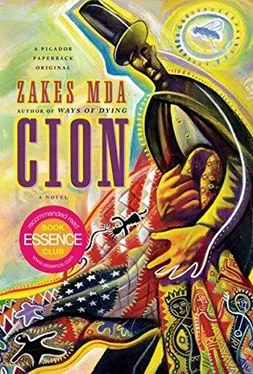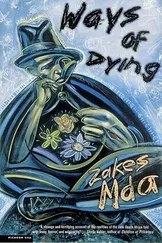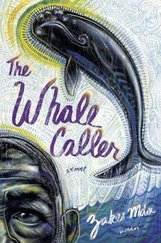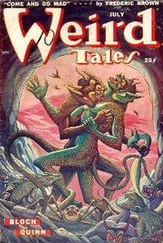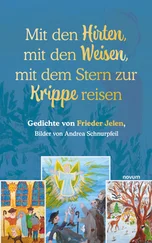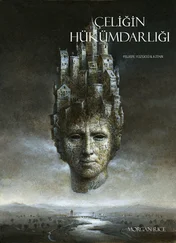The child was born and was named Nicodemus.
As with Abednego, the father was known in the slave community. When he and the Abyssinian Queen started behaving like a family he was exposed as the culprit to the occupants of the big house, particularly to The Owner, who had been smarting for a long time because his favorite concubine had been impregnated by a field slave. It was more that his ego was hurt, because in any event the concubine’s fate had already been determined through the botched marriage, and he was never going to see her again.
Contrary to every gossip’s expectation, Nicodemus’s father was not castrated but was immediately sold to a different plantation in Kentucky. As he marched in the hot sun chained and yoked to other young men destined for the auction houses of Lexington he hollered to the women working in the fields: “Y’all tell my queen that I’m gonna find my freedom. I am gonna come back for her and Nicodemus. We all gonna be free.”
Slave drivers didn’t take kindly to this type of wild talk. They gave him a few lashes on his naked back.
Like all the slave children of Fairfield Farms Nicodemus was brought up by nursemaids at the nursery, and then transferred to the African cabins at the age of about five or so. The Abyssinian Queen made it a point that Abednego, who lived at the mulatto cabins, got to know Nicodemus as his brother. This was achieved with the active assistance of those who were assigned to look after the children as they grew older and to oversee their labor. Right from the beginning the boys hit it off, and with a great deal of connivance at various levels it became possible for them to spend some evenings together.

The Owner was becoming even more compassionate and more liberal with age. The Abyssinian Queen took advantage of this weakness and asked him if she could have the boys stay with her at the cabin she shared with two aging matriarchs.
“How do you know they’re your boys?” asked The Owner.
“It don’t matter whose boys they are,” said the Abyssinian Queen. “I just like them to stay with me.”
“Those boys are marked already,” The Owner warned her. “The black one is gonna be a good stud. The mulatto will be ready for sale soon. In the meantime it makes no never mind to me if they stay with you.”
The lady of the house was dead set against this arrangement. But The Owner, who obviously still had a soft spot for the Abyssinian Queen, prevailed, and the woman lived with her sons in her small cabin. The matriarchs were happy to have young ones under their roof to spoil with treats as grandmothers are wont to do.
The Abyssinian Queen’s main occupation was to sew and mend clothes for the whole slave community. She was one of three women assigned this task. Two of them were the aging matriarchs, who had been saved from the auction block decades before because of their skill as seamstresses. It was from one of them that the Abyssinian Queen learned not only how to sew the most wonderful shirts and dresses from feed sacks, but how to create quilts from scraps of fabric gathered from all odd places, including old clothes from the big house and leftovers from the muslin that the lady of the house occasionally purchased for the Sunday dresses of house slaves’ children.
She spent her nights sewing the quilts. When the matriarchs discovered her interest in and flair for needlecraft they took upon themselves all the sewing and mending tasks, and let the Abyssinian Queen focus on her quilts. She became better by the day, and was voracious in learning new patterns. Soon the matriarchs taught her that the quilts her people made carried secret messages. Beauty that spoke a silent language, they called it. Openly it was there for all to admire, yet its meaning rested only with those who knew the code hidden in the colors and the designs.
Before learning the language of the quilts she used to specialize in crazy patchwork, at least four decades before these constructions of odd pieces of randomly arranged fabric became a fad in that part of Virginia — which had, of course, become West Virginia by the time the crazy quilt flourished. It was in the 1830s, and she did not know she was founding a tradition. Even if she had been conscious of the fact it would not have mattered to her that she would get no recognition for it.
Abednego and Nicodemus learned that there was some rhythm in the madness of her compositions. These were not crazy designs in the true sense of the later tradition. In the seemingly haphazard arrangements, she taught them to identify some landmarks. A hill here. A forest there. A creek. A river. The Kanawha River, the boys later learned. She had painstakingly stitched and knotted the map of the plantation and beyond, using information she had gathered from those who had seen those places. Patches of different colors represented actual landmarks.
She herself had never been outside the borders of Fairfield Farms, yet here she was teaching the boys directions to places that existed only in stories that adventurers and foiled escapees told. It was a rudimentary map, but to the boys it represented a world of dreams out there. It was an attainable world; the mother drummed that into their heads. Dreams could be lived.
“One day you gonna see all them places,” she told them. “One day you gonna cross the River Jordan.”
The boys loved her beautiful voice as she sang to them about the River Jordan and about the Promised Land and about wading in the water. She taught them that there were two promised lands: “One happens after we is dead and gone. But before you get to that one you better reach the Promised Land across the big river.”
This was rather confusing to the boys, but they imbibed the songs and the stories until they were utterly intoxicated by their beauty and promise. It was like the happiness that the preacherman spoke about in the makeshift church on Sundays. But the difference was that the Abyssinian Queen’s promised happiness did not happen after death like the preacherman’s. It happened in this life, in a real Canaan that existed beyond the river.
In the evenings the boys sat under a quilting frame and listened to stories of escape. Though the mother, it seemed to them, had resigned herself to a life of slavery, she had high hopes that her sons would grow up to carry on the great tradition of plotting escapes established by their forebears from the first day they were shackled into slave castles on the old continent. She relentlessly brought them up on a daily diet of stories of great flights and heroic attempts — often repeated with variations and embellishments to make them sink deeper into the boys’ minds.
Soon word of her wonderful stories spread and children from neighboring cabins came to listen. Even white children from the big house came some evenings. They gathered around bonfires of fall leaves to hear of Ananse the wily spider who came with the ancestors from the old continent and whose bag was always full of tricks. She developed a performance where she played all the parts, and incorporated the shadows and the flames and the smoke as characters in the elaborate tales that she seemed to improvise on the spot. To the frenzied drumming of Abednego, who had developed into a keen and nimble drummer, she draped herself in layers of quilts and donned masks of feathers and leaves and woven grass and frayed feed sacks. She pranced around and walked on air; becoming a demonic monster in one story, the wily Ananse spinning a web of deceit in another, and a kindly spirit that guided the children from the world of the unborn through the maze of birth in yet another one.
She climbed the sycamore tree in front of the cabin, stood on the highest branch and flapped her wings like a hawk. Then she swooped down in a spinning flight and landed in the midst of the open-mouthed children. Her gleaming black face reflected the flames and became purple as a result. They danced on her smooth skin until they jutted out of her eyes like red-hot blades. She became the sun as she narrated the story of The Sun. The Sun was very lonely because she was the only living thing in the whole wide world. She sat there brooding and feeling sorry for herself. The sharper children noted that the sun was now female whereas it was usually the moon that gloried in that gender. Yes, she sat there brooding and feeling sorry for herself. A big tear rolled out of her eye and dropped on the ground. It rolled on and on down the hill, gathering dust until it hit a boulder and divided into many tears that became children as they continued to roll. They were Children of the Tear. They lived in peace in a dust bowl and did not have any need for food, clothing or labor. Then one day The Sun farted. Instead of the bad wind coming out, a giraffe and Divided came out. A giraffe is a long-necked animal from the old continent, whereas Divided was a creature with the head and torso of a man and the body of a lion. She paused. She stared into the eyes that were almost popping out with expectation.
Читать дальше
